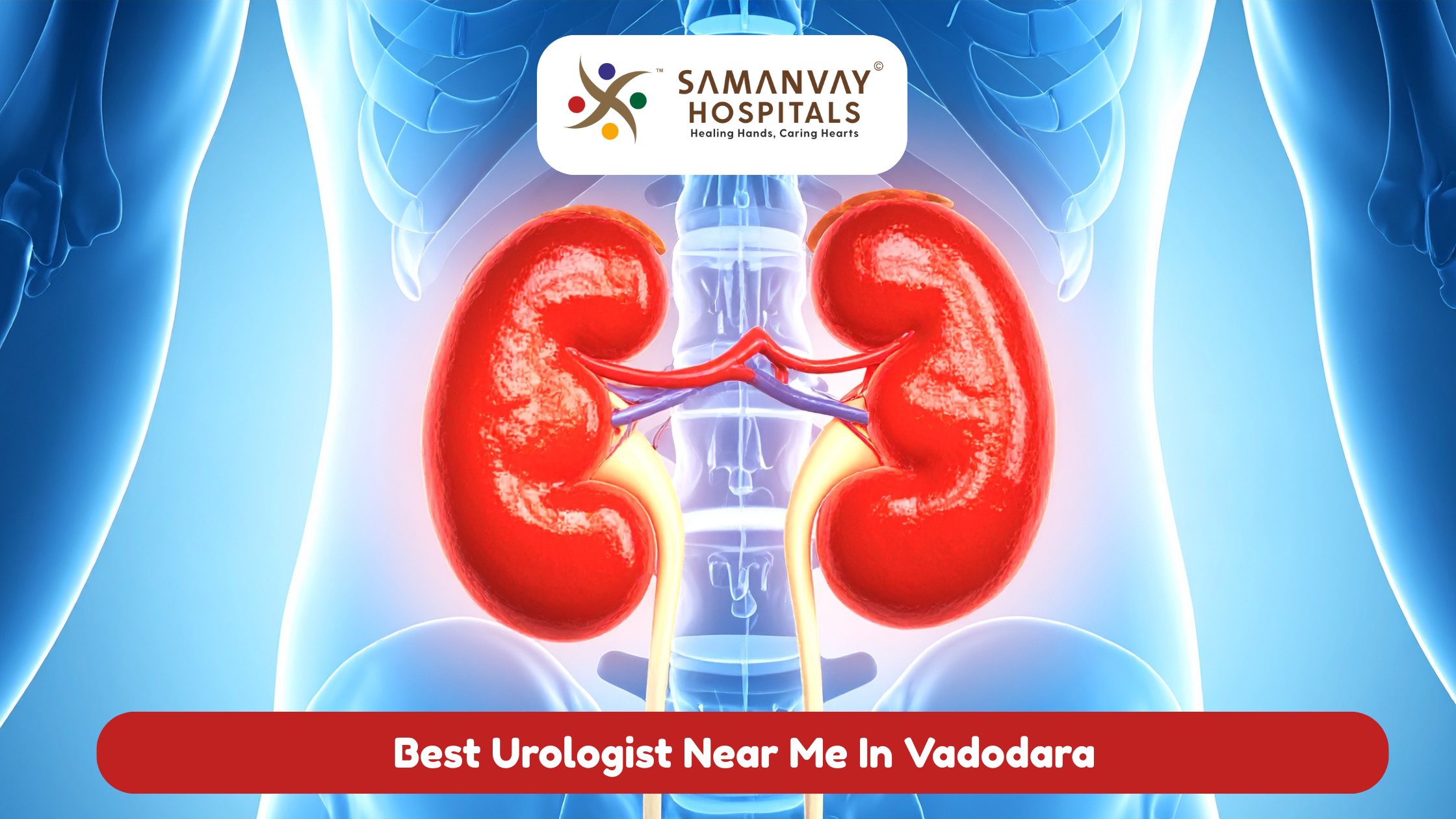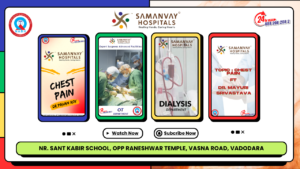
Table of Contents
- Introduction
- What is acute respiratory failure?
- Causes of acute respiratory failure
- Signs and symptoms to watch for
- Diagnosis and monitoring in the ICU
- Current treatment strategies
- Challenges in managing acute respiratory failure
- Role of ICU teams and hospitals
- Future directions in treatment
- Conclusion
- FAQs
Introduction
Acute respiratory failure is a serious condition usually treated in the ICU. It occurs when the lungs cannot provide sufficient oxygen to the blood. It may also occur when the lungs cannot get rid of sufficient carbon dioxide. The condition requires urgent and precise treatment. Inefficient treatment may cause fatal complications. Right diagnosis and instant treatment save lives and facilitate recovery.
Moreover, in this blog, we are going to discuss the present treatment protocols in simple language. We are going to discuss what India’s best hospitals do in such cases. Good hospitals like Baroda best hospital give the best ICU care to patients with acute respiratory failure. With careful attention, it does make a difference in outcomes.
What is acute respiratory failure?
Acute respiratory failure is a situation where lungs fail to function normally. It is when the body cannot obtain enough oxygen or cannot remove the carbon dioxide. This disrupts the usual balance that the body requires to operate normally. Oxygen may decrease, or carbon dioxide in the blood accumulates. The disease may take a very short time to develop—perhaps within hours or minutes.
Therefore, the body’s organs do not receive enough oxygen. Unless treated immediately, it can cause extensive damage. The condition is thus given medical emergency status. The patients are admitted into the ICU, and the physicians and nurses move promptly. Timely proper treatment can resuscitate life and result in complete recovery.
Causes of acute respiratory failure
There are various reasons for this life-threatening condition. Some of the most common causes are:
- Severe pneumonia or lung infections
- Acute respiratory distress syndrome (ARDS)
- Chronic obstructive pulmonary disease (COPD) exacerbation
- Heart failure leading to pulmonary edema
- Trauma or chest injury
- Medications overdose or poisoning
Furthermore, knowing why is crucial while selecting the appropriate treatment. Indian hospitals use sophisticated diagnosis equipment to diagnose the reason.
Signs and symptoms to watch for
Early detection of acute respiratory failure is critical. The symptoms are
- Respiratory difficulty or shortness of breath
- Babbling or gasping respiration
- Confusion or drowsiness caused by low oxygen
- Cyanosis (blue color of lips or fingers)
- Weakness or fatigue
- Pain in the chest in certain patients
Additionally, the instant any ICU patient experiences these symptoms, physicians respond rapidly.
Diagnosis and monitoring in the ICU
Diagnosis begins with a physical examination in the ICU. Physicians listen to the lungs and oxygen levels with a pulse oximeter. Oxygen and carbon dioxide are measured directly through blood tests. Tests such as chest X-rays or CT scans diagnose lung issues in simple terms. However, ongoing monitoring allows physicians to make treatment changes as required. The best hospitals in India, such as the best hospital in Baroda, use state-of-the-art technology for quick diagnosis.
Current treatment strategies
The goal of treatment is the return of normal oxygenation and breathing. The ICU team employs several methods based on cause and severity.
- Oxygen Therapy
The initial treatment is oxygen. Oxygen manages to increase blood oxygen levels promptly. Physicians use:
- Nasal cannula for mild cases
- Face masks for increased oxygen delivery
- High-flow nasal oxygen devices for moderate cases
Oxygen therapy is uncomplicated but crucial. It is not sufficient, however, for all patients on its own.
- Mechanical Ventilation
In case oxygen therapy proves to be insufficient, breathing has to be facilitated mechanically. A ventilator assists the lungs by forcing air in and out. There are two primary types:
- Non-invasive ventilation (NIV): A mask is fitted without intubation. Ideal for moderate respiratory failure.
- Invasive ventilation: A tube is inserted into the windpipe. In extreme cases.
However, mechanical ventilation supports breathing and provides time for lung recovery. ICU personnel specially adjust settings to prevent lung damage.
- Pharmacological Interventions
Medication is helpful in addition to ventilation. Some of the drugs used are
- Bronchodilators: Cause relaxation of airway muscles in diseases such as COPD.
- Steroids: Decrease inflammation in lungs.
- Antibiotics: Cure underlying infections such as pneumonia.
- Sedatives: Sedation of mechanically ventilated patients.
Medications of choice depend on the condition of the patient.
- Supportive Care
In addition to direct care, supportive care also has a significant role. This includes:
- Prevention of fluid overload
- Nutrition by means of feeding tubes as and when required
- Anticoagulation with drugs to avoid clotting of the blood
- Treatment of other organ failure in time
Therefore, supportive care enhances the overall patient outcome.
Challenges in managing acute respiratory failure
This condition is extremely challenging to treat:
- Early diagnosis of the specific cause
- Oxygenation without causing much damage to the lungs
- Removal of infections due to a ventilator
- Treatment of complications of organ failure
All these issues need skilled ICU staff. Moreover, the best hospitals in India educate personnel to resolve such issues. The best hospital in Baroda is an expert in fine critical care.
Role of ICU teams and hospitals
An effective ICU team consists of doctors, nurses, respiratory therapists, and technicians. Their role is crucial. Teamwork provides quick decision-making and accurate treatment.
Furthermore, Indian hospitals are investing more funds in ICU units. They want to give sophisticated therapy even in rural India. It increases the survival rate for acute respiratory failure patients.
Future directions in treatment
Studies continue to enhance treatment. New directions are:
- Improved modes of ventilation to prevent lung injury
- Application of biomarkers for earlier diagnosis
- Individualized medicine based on genetic factors
- Non-invasive monitoring devices for quicker decisions
Moreover, these innovations offer hope for better management in the years to come.
Conclusion
Acute respiratory failure is a severe ICU illness. Early intervention can be life-saving and enhance recovery. Oxygen therapy, mechanical ventilation, medication, and supportive therapy are components of current therapy. Highly trained ICU teams and properly equipped hospitals are crucial. However, most Indian hospitals, including the best hospital in Baroda, are well-equipped. Future treatments will continue to be enhanced with ongoing research. Early detection and early management are still the keys to success.
FAQs
Q1. What is the first treatment for acute respiratory failure?
Oxygen therapy to increase blood oxygenation.
Q2. When is mechanical ventilation necessary?
When oxygen therapy is not enough to support breathing.
Q3. Is acute respiratory failure reversible?
Yes, if treated early and the cause is addressed.
Q4. Does mechanical ventilation pose a risk?
Yes, lung injury and infection, which need to be well managed.
Q5. What are the top Indian hospitals for ICU care?
Some of the top hospitals, and even the top hospital in Baroda, have excellent ICU facilities.







